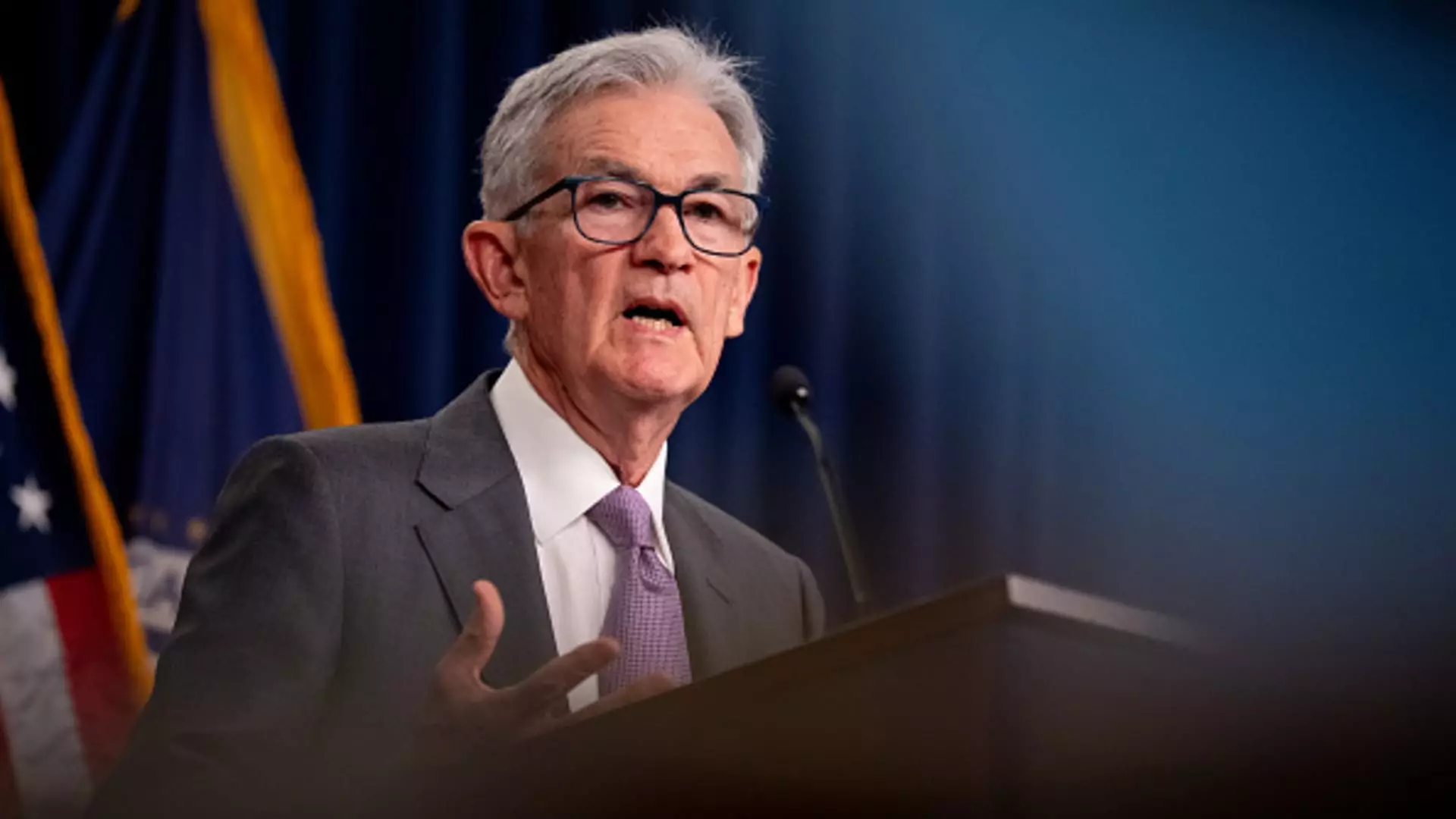As the Federal Reserve (Fed) prepares for its upcoming meeting amid mixed economic signals, discussions have intensified surrounding the potential for a significant adjustment to interest rates. A notable consideration has emerged among analysts regarding the possibility of a 50 basis point rate cut, which could make waves in the financial markets if not handled with care. This article explores recent expert opinions on the matter, the expected economic impact of such a move, and the broader implications for the U.S. economy.
Michael Yoshikami, the CEO of Destination Wealth Management, has stirred conversation by suggesting that the Federal Reserve could execute a jumbo 50 basis point cut without causing undue panic in the markets. Speaking on CNBC’s “Squawk Box Europe,” Yoshikami articulated his belief that such a bold move could symbolize the Fed’s commitment to stimulating job growth and ensuring economic continuity. He emphasized the importance of prompt actions, indicating a readiness to preemptively address potential downturns.
His assertion found an echo in the remarks of Joseph Stiglitz, a Nobel Prize-winning economist, who also advocates for a substantial cut. Stiglitz contended that previous rate hikes may have been excessive and quickly implemented, suggesting the central bank has room to recalibrate. Both voices stress a proactive approach to monetary policy, positioning a larger cut not as a sign of desperation but rather as a calculated effort to bolster economic resilience.
Despite these perspectives, market reactions remain varied. Insights gleaned from the CME Group’s FedWatch Tool have revealed a spectrum of expectations among traders. A staggering 75% indicate a preference for a more conservative 25 basis point cut, while 25% remain hopeful for the larger adjustment. This divergence showcases the uncertainty enveloping the Fed’s decisions and the complex interplays between economic indicators and investor sentiment.
A disappointing jobs report has further muddled the waters, igniting fears of a sluggish labor market. While some analysts express concern that a larger cut might signify alarm over a looming recession, others like Yoshikami argue that existing data—low unemployment rates and solid corporate earnings—suggest a sound economic foundation. This juxtaposition between data and sentiment reflects a broader debate on how the Fed should approach interest rate Adjustments at a crucial juncture.
Despite some bullish arguments for action, caution prevails among other market analysts. George Lagarias, chief economist at Forvis Mazars, warned of the potential pitfalls of a 50 basis point cut, labeling such a move as excessively risky. Lagarias highlighted concerns that a substantial reduction might carry an unintended message of urgency that could destabilize market confidence. Such a perception could become a self-fulfilling prophecy, potentially inducing anxiety within the market and among consumers.
Furthermore, Lagarias’s stance reflects a growing sentiment of restraint as the Fed navigates a landscape shaped by fluctuating economic data, persistent inflationary pressures, and geopolitical uncertainties. His view underscores the delicate balance policymakers must strike; aggressive cuts could be misinterpreted as an indication that the economy is faltering, thereby impacting consumer confidence and market stability.
As the Federal Reserve braces for its decision-making meeting, the implications of a significant rate cut loom large. On one hand, advocating for a bold 50 basis point reduction manifests an appetite for proactive support of the economy amidst uncertainty. On the other, a less aggressive stance may provide a measure of stability and confidence to markets wary of alarming trends.
Ultimately, the effectiveness of any rate adjustment will depend not only on the immediate economic landscape but also on the Fed’s ability to communicate its intentions clearly. A decisive yet thoughtful approach is essential for steering the U.S. economy through these tumultuous waters, ensuring that it remains on a positive trajectory without undermining the structural integrity necessary for sustainable growth. The ensuing discussions and decisions will likely shape both policy and market sentiment for months to come.


Leave a Reply